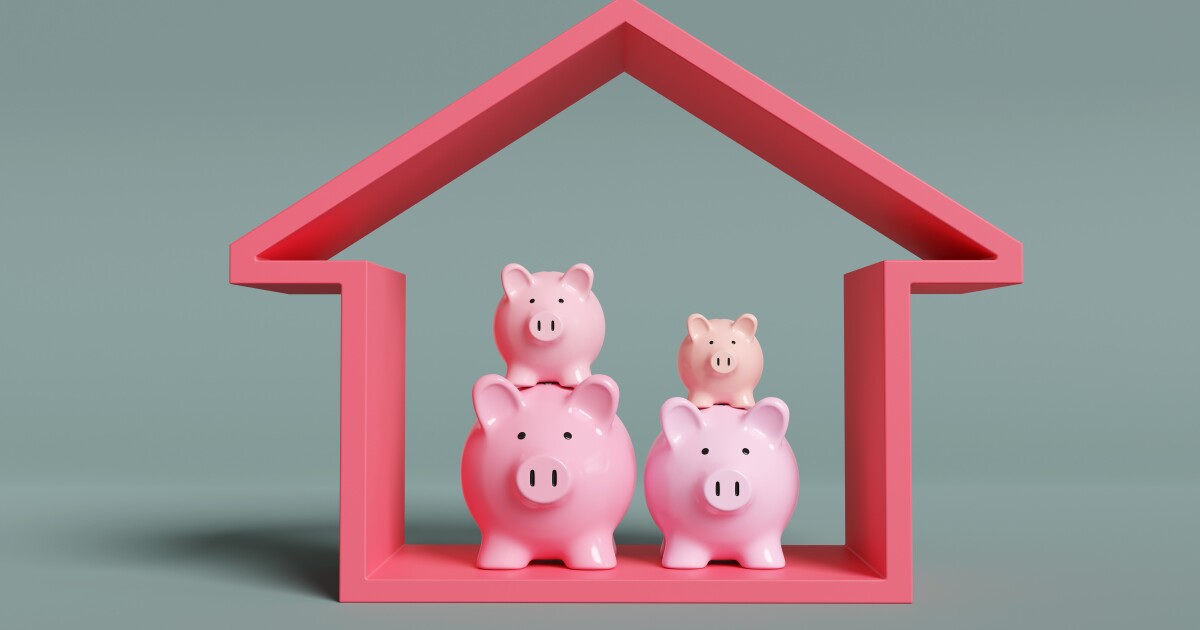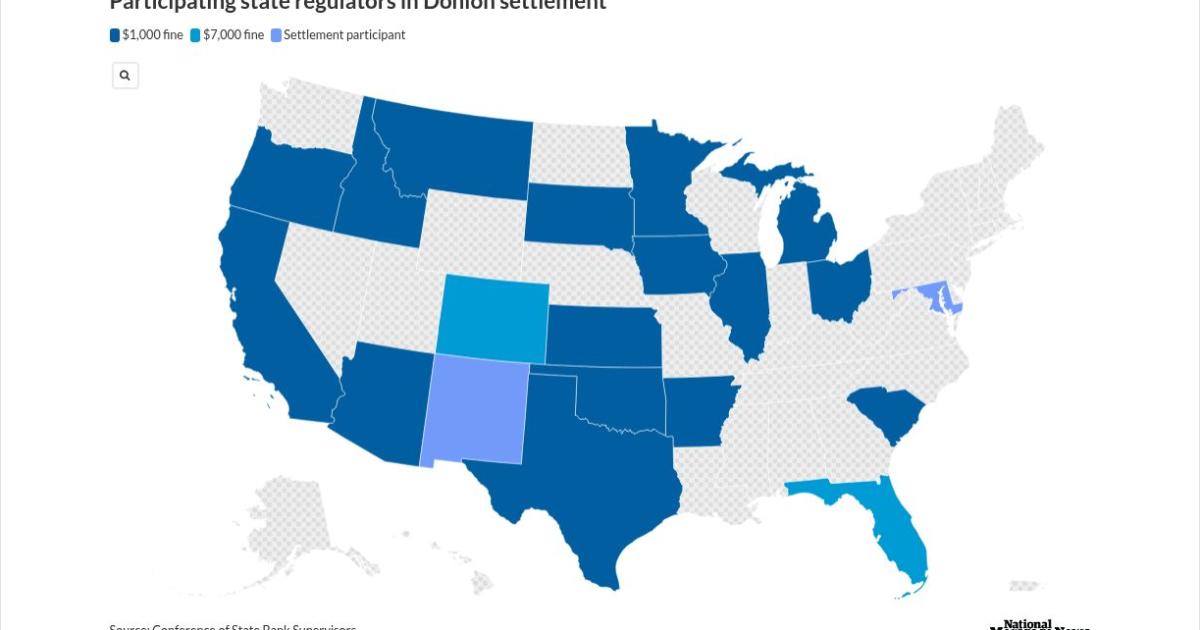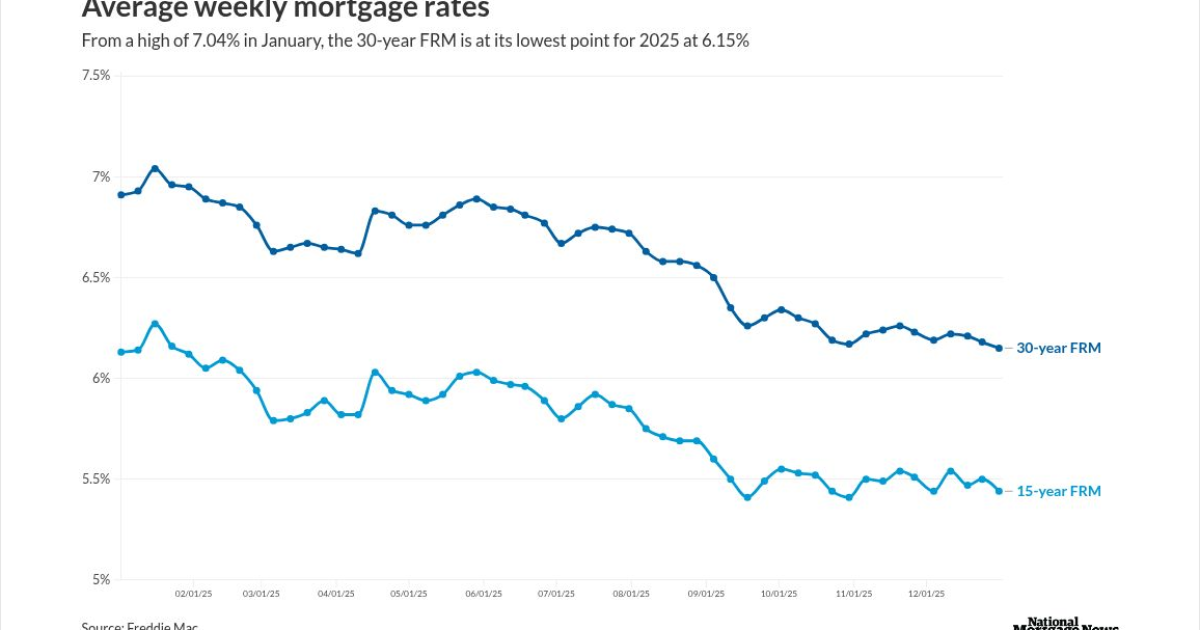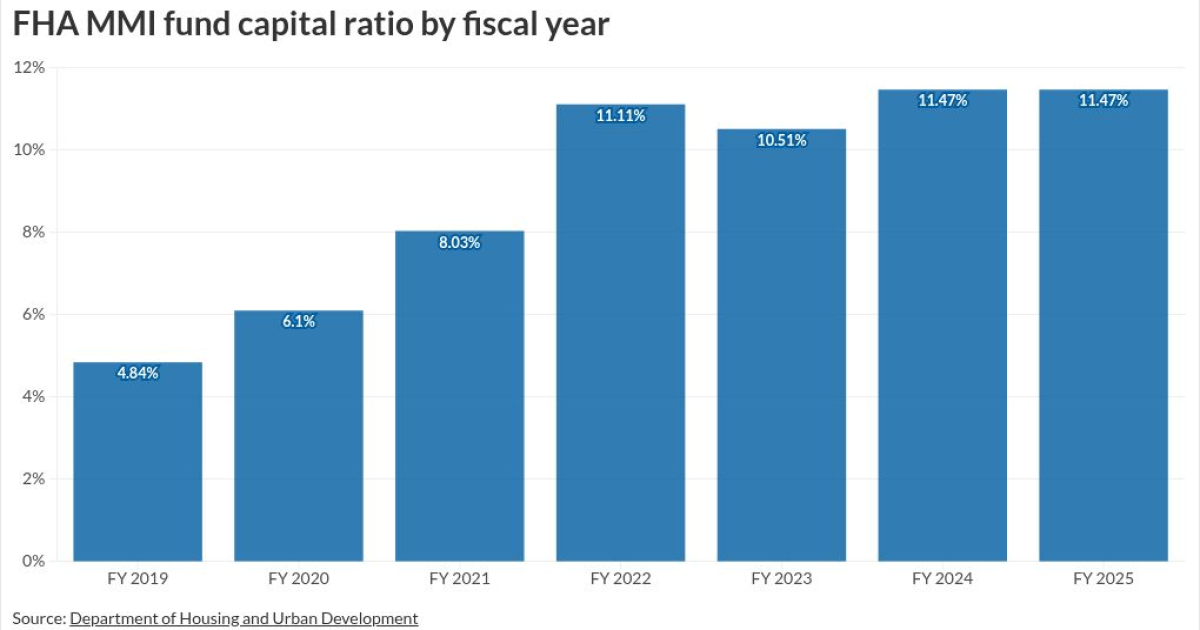
More common in the 2000s, the mortgages, which consist of a primary loan paired with a second lien that draws on the home's equity to help alleviate initial costs, have nabbed a higher share of volume in the last two years, Corelogic said.
The trend is particularly noticeable within Federal Housing Administration-backed lending frequently used by first-time home buyers. In June 2024, the share of piggyback
"The shares of piggybacked home purchases are historically higher for FHA borrowers," noted Corelogic economist Yanling Mayer in a research post. In 2017, the loans accounted for just 9.8% of the FHA market but grew to 13.8% by 2019.
The recent growth coincides with the steep acceleration in mortgage rates over the past two years. In early June 2022, the average 30-year mortgage rate hovered near 5% after beginning the year in the 3% range.
Borrowers will sometimes turn to piggyback mortgages if they lack the funds for the full required down payment. A piggyback purchase is typically broken down at a ratio of 80% primary loan financing,10% cash down payment and a 10% second lien.
Other instances where borrowers are benefiting from a piggyback loan is when it helps them circumvent the mandatory purchase
Evidence of how surging housing costs and rates since 2022 "have disproportionately impacted" buyers in the market for affordably priced homes can be seen in the median property values of purchases, Corelogic said.
In mid 2022, the value of a FHA-backed home purchased using piggyback financing was $237,800, compared to $292,000 with a single mortgage, a 19% difference. Two years later, the gap had widened to just over 25% at $255,000 versus $319,000. Low-to-middle income households, along with first-time buyers, often use FHA-sponsored loans for a starter home.
A slower but similar trend could be seen in the median price of homes with conventional mortgages. A piggybacked purchase in 2022 had a median value of $265,000, 33% lower than the $400,000 on a single-lien transaction. By 2024, the difference widened to 36%, with median values of $262,000 and $410,000.
Despite their appeal to some buyers, piggyback loans carry elevated risk for both borrower and lender. The large debts associated with them contributed to the stress that led to the Great Financial Crisis.
"Benefits notwithstanding, this type of secondary financing is not without drawbacks," Mayer continued. "They tend to be high-cost loans that carry higher interest rates than a primary mortgage."
With borrowers taking out two loans at once, the mortgage requires higher credit scores, with a variable rate on the second home equity lien. Both lender and borrower encounter more stringent underwriting as well.
The combined loan-to-value of the mortgage also means some borrowers become overleveraged or underwater from the beginning. The CLTV in June for FHA borrowers of piggyback mortgages was 1.02, Corelogic said. For conventional purchases relying on such loans, the number stood at one.
"With little or zero equity on the home, many borrowers are at a greater risk of nonpayment and default should there be an unexpected, adverse impact from employment or family finances," Mayer wrote.



